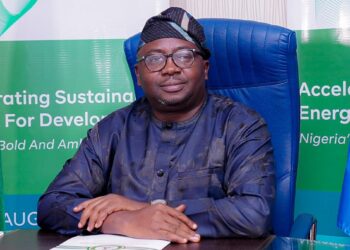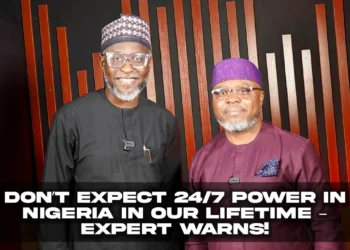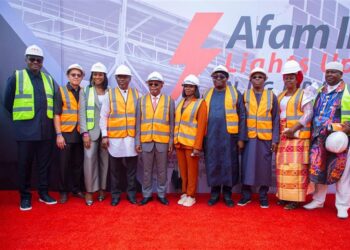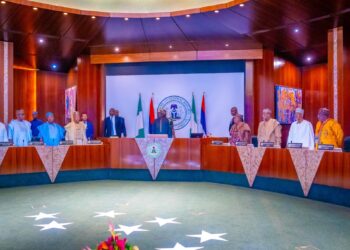The Federal Government has stated that $800 million will soon be released for the construction of new substations and distribution networks under the Presidential Power Initiative.
The Minister of Power, Adebayo Adelabu, made this announcement during a facility tour of a power company in China, according to a report by the National Television Authority on Sunday.
Adelabu mentioned that the new power infrastructure will address issues of load rejection by electricity distribution companies.
According to the report, the Minister added that Lot 2 of the project will cover the franchise areas of Benin, Port Harcourt, and Enugu distribution companies, while Lot 3 will cover the franchise areas of Abuja, Kaduna, Jos, and Kano distribution companies.
He stated that on Friday, 30th August, generation peaked at 5,170 megawatts; however, it had to be reduced by 1,400 megawatts due to the DISCOs’ inability to take up the supply.
“This is truly regrettable, considering that the government is on course to increase generation to 6,000 megawatts by the end of the year,” he said.
More Insights
During an interactive session with TBEA’s management, a power company in China, Adelabu reaffirmed the federal government’s commitment to collaborating with world-class organizations like TBEA to realize President Bola Tinubu’s Renewed Hope vision for Nigeria’s power sector.
He mentioned that this collaboration aims to enhance transmission and distribution across the entire power sector value chain, with a special focus on Nigeria’s renewable energy segment.
Addressing the challenges that have impeded industrial growth, the Minister highlighted that these issues stem from the outdated and deteriorating transmission and distribution infrastructure, which requires significant modernization.
“When this administration came in last year, we inherited around 4 gigawatts (4,000 megawatts) of power, but within a year, we achieved a milestone of 5,170 megawatts, adding about 1,000 megawatts of power within the first year. It may seem small, but compared to the country’s history, this is commendable.
“Our plan is to achieve 6,000 megawatts of power by the end of the year through a combination of hydroelectric power plants and gas-fired power plants. We are also targeting 30 gigawatts of power to be generated, transmitted, and distributed by 2030, with 30 per cent of that being renewable energy.
“If we assess the strength, capacity, and age of our existing network on the national grid, it is clear that it cannot adequately support our vision for the power sector. Hence, the need for the construction of the Western and Eastern super grids,” Adelabu said.
What you should know
Nigeria’s power sector faces multifaceted challenges, resulting in poor electricity supply in the country.
Currently, the national grid generates about 4,500MW of electricity for over 200 million people.
South Africa, a smaller country than Nigeria in terms of population, generates about 50,000MW of electricity to service about 59 million people.
While the Minister of Power, Adebayo Adelabu, said his ministry’s goal is to achieve a 6,000MW capacity before the end of the year, many believe this might not have major significance on the power crisis in the country.






















